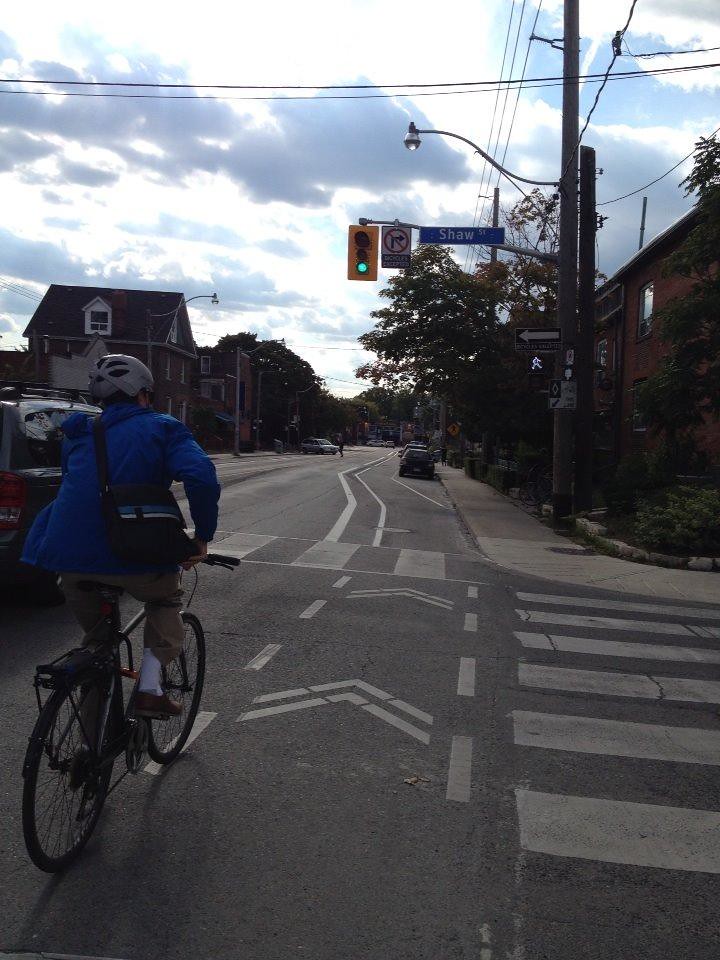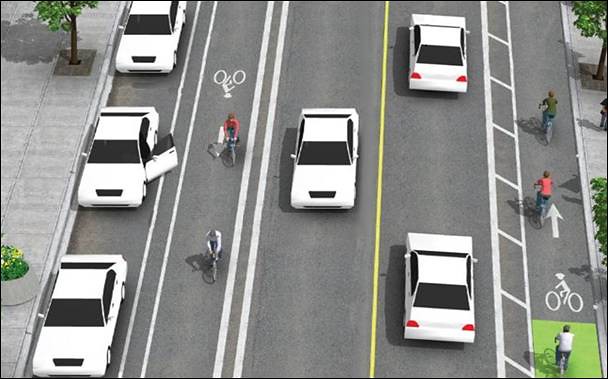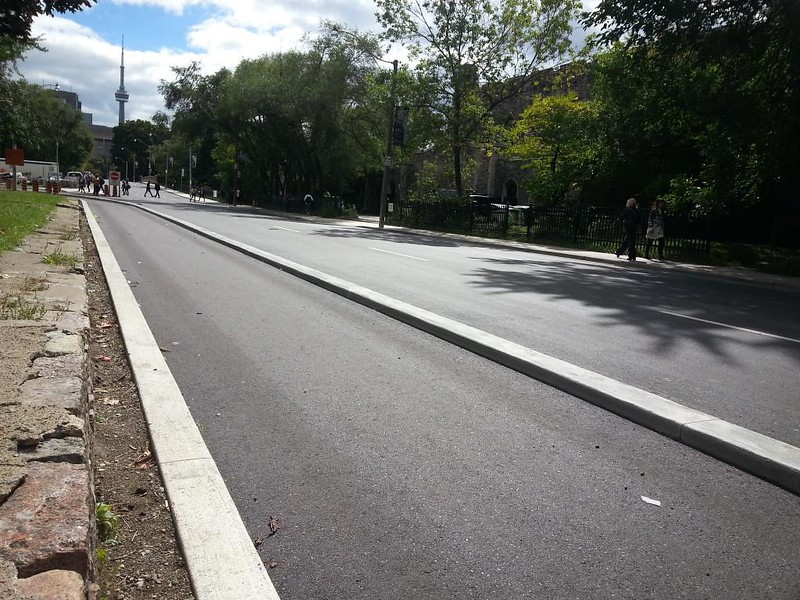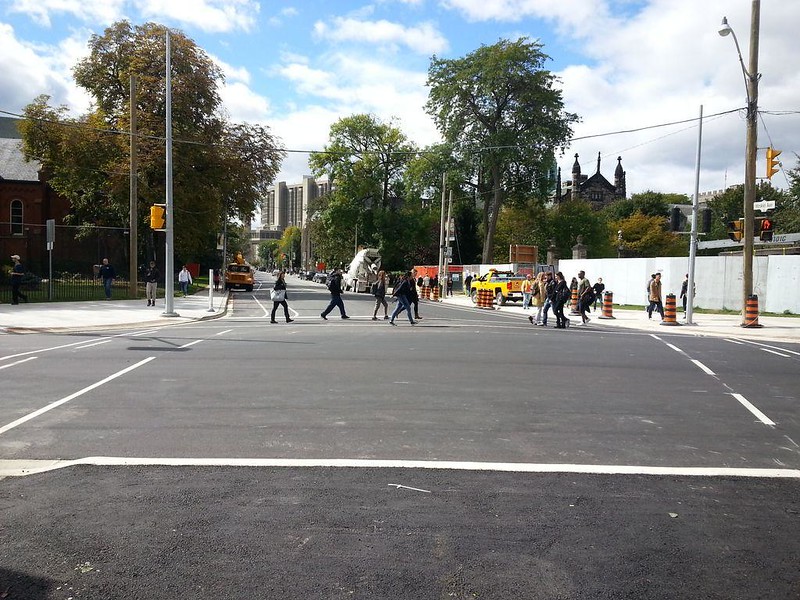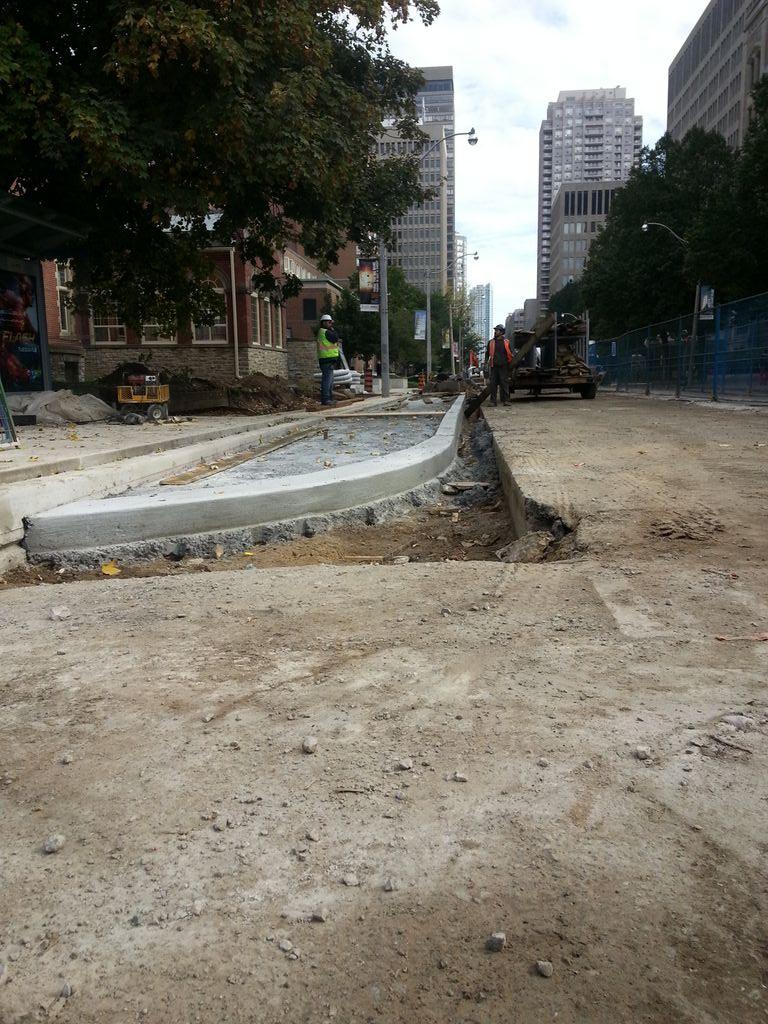muller877
Senior Member
Aren't bicycles considered vehicles under the Highway Traffic Act? Therefore, they belong on the actual traffic lanes, unless there are signs that say otherwise. Have you seen how much litter, debris, potholes, erosion, or even disappearance there is on highway shoulders?
The judge in the US determined she was NOT permitted to be there. The laws in Canada are similar (but not the same) so I don't know how they would be interpreted.
She was on a vehicle and, just like any vehicle was required by law to either (1) drive at or near the speed limit to minimize the risk of collisions or (2) be as far to the right as safely possible (sounds to me like the law is common sense). The police and judge both decided that the shoulder was safe for the bike to ride in and that is where she has to be or else it is a crime.
The same law applies to all vehicles. I've seen Amish with horse and buggies, tractors going to the next field and broken down clunkers all using the shoulder. It just takes a few bikers like this women to make drivers annoyed at all bikers.
In Canada I'm not sure if it is law or not but the guidance is that bikes should be as far right as possible and a rule of thumb is the first 3 feet. That doesn't mean you should be exactly 3 feet from the curb but a maximum of 3 feet...on average about 18 inches. It would be interesting to read the law (not the drivers handbook...the actual law) to see how Ontario would treat this biker.





